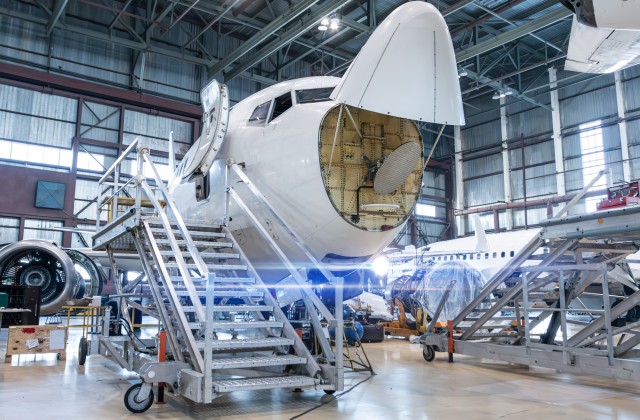Supply chains are being automated at an accelerated rate which has resulted in many challenges for practitioners as organizations try to strike the balance between machine learning and human decision-making.
To explore the effects of automation on supply chain leaders and practitioners, Dr. Harish Krishnan, Professor of Operations and Logistics at the Sauder School of Business, and Anne Robinson, Chief Strategy Officer at Kinaxis, discuss the evolution of technology and its impact on future of work in our latest Big Ideas in Supply Chain video podcast. Dr. Harish and Anne bring their executive expertise to discuss how supply chain organizations can avoid creating bottlenecks for decision makers while automating routine tasks and share insights on how technology is changing the future of supply chain talent.
Here are some key takeaways from their discussion.
Differentiating tasks and decisions
As automation becomes a common practice in supply chain, many practitioners believe that automating tasks can make work easier for people. In reality, if technology isn’t adopted properly, companies run the risk of over automating, which can put pressure on people that are in the role of decision makers.
As a result, many practitioners are beginning to explore possibilities to leverage automation efficiently without creating new bottlenecks for supply chain personnel.
To solve this, it’s important to understand the process of categorizing work. Dr. Harish states that there are two types of work that we get: tasks and decisions. Tasks are classified as routine work that can be specified in advance. For example, for clothing manufacturers outsourcing the stitching of t-shirts, tasks might require human dexterity, but they are routine and can be specified upfront. Decisions, however, are made based on new information, data, and context.
From a technological perspective, automating task-based work is significantly easier, reducing (but not eliminating) the need for the human element. Decisions, however, are not easily automated because they require human judgement. Dr. Harish states that technology can help augment decision-making by providing better data to reach a more informed resolution, but in the end, it comes down to the human ability to take accountability. Anne states that ultimately, algorithms simply aren’t accountable – which is where people come in to make the final call.
Finding balance between automation and human judgement
As automation continues to gain popularity, many organizations and business owners are eager to adopt the technology but are struggling to incorporate it holistically. Dr. Harish states that the key to adopting automation is all about balance and ensuring that we don’t over-automate, which would cause subsequent bottlenecks for people.
By over-automating certain tasks, you may be pushing stress into other stages of your workflow. Dr. Harish uses Theory of Constraints by Goldratt to exemplify what this may look like, stating “there is a story about how they invested in robots in a particular plant and because they invested a lot of money, there was this need to keep the utilization of the robots high. So, the robots kept working, but that didn’t really help the entire process because all it did was create more work in progress and so on, because once you automate a bottleneck and it’s no longer the bottleneck, the bottleneck has shifted somewhere else.”
Effective automation should support the entire process – it’s important that involving new technology effectively augments and assists the people within your organization.
Shaping the next generation of supply chain practitioners
With more organizations embracing automation and reducing the need to fulfill routine tasks, many supply chain practitioners are beginning to see a shift in the roles and responsibilities needed for new talent. “You don’t necessarily have to have the skills of doing that repetitive task that has now been automated, but instead you want somebody who has got domain expertise of supply chain, an understanding of business dynamics, and these other pieces of it that will then allow them to focus in a different kind of way,” Anne states.
This shift means putting more emphasis on human judgement, resulting in more value-added positions in supply chain, so practitioners can focus on other areas in the discipline.
To prepare the next generation of supply chain talent, Dr. Harish states that a lot of the skills needed for these new expectations will come from experiential learning and fostering the ability to see things more empathetically. With more experiential learning opportunities, students will get the chance to develop their interpersonal and intrapersonal skills in addition to their decision-making skills.
To learn more about holistically combining technology and human judgement to increase efficiency in the supply chain from Dr. Harish and Anne, watch the full video podcast.
Want to see more episodes of our Big Ideas in Supply Chain Podcast? Click here.





